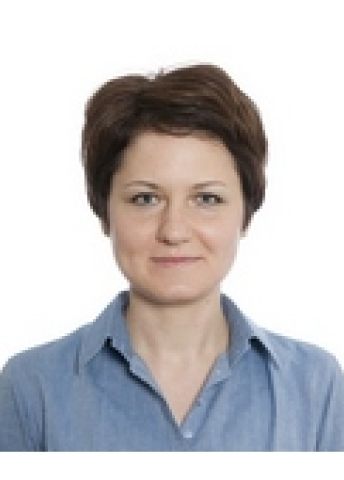
Program for Mathematics
Grant to a post-doctoral position abroad
Anna Sakovich, KTH Royal Institute of Technology
Postdoc at the University of Vienna
Grant to a post-doctoral position abroad
Anna Sakovich, KTH Royal Institute of Technology
Postdoc at the University of Vienna
Mathematics of General Relativity and Black Holes
Anna Sakovich received her Ph.D. in Mathematics at the KTH Royal Institute of Technology in Stockholm in 2012. Thanks to a grant from the Knut and Alice Wallenberg Foundation, she will hold a postdoctoral position in Professor Michael Eichmair’s group at the University of Vienna, Austria.
Albert Einstein published one of his most important papers on his theory of general relativity in 1915. His theory was revolutionary. It described gravitation as a result of curvature in spacetime. The curvature depends on the distribution of mass and energy in spacetime, and it determines trajectories of moving objects. Thus the geometry of spacetime became crucial for gravitation.
General relativity theory provided an entirely new way to view the universe. It had a decisive influence on subsequent developments in astrophysics and cosmology. At the same time, it stimulated many deep and challenging problems in many branches of mathematics, particularly in geometry and partial differential equations.
The goal of Anna Sakovich’s project is further research of Einstein’s equations with particular attention to the interplay between the physical and the geometric properties of spacetime. The research centers on a few famous conjectures which still remain open. One of them is the conjecture about positive mass which postulates that the total mass in a physical system is non-negative under reasonable assumptions. Another one, the Penrose conjecture, postulates a minimum mass of a system containing black holes. Among other applications, the proposed research will be significant for modeling and for simulations of gravitational waves. Such waves have been predicted by the theory of general relativity but have so far eluded detection.